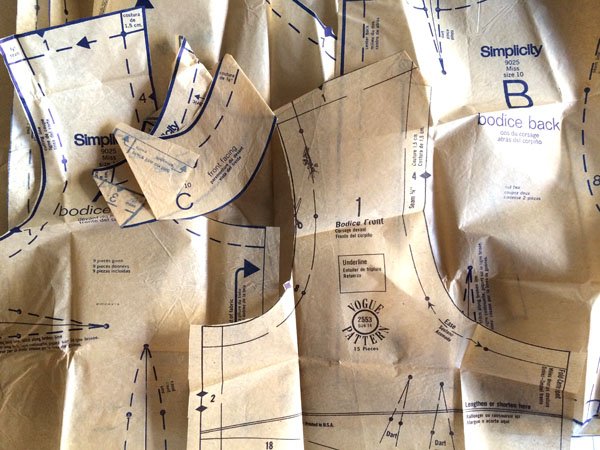Download our Aap and get 20% OFF

i9 Fashion
Jewelry Clothing and Accessories
Fashion pattern drafting is a fundamental skill in fashion design and garment construction. It involves creating paper or digital templates, known as patterns, that serve as the blueprint for cutting and sewing clothing. These patterns are essential for ensuring the accurate sizing, fit, and structure of a garment. Here’s an overview of fashion pattern drafting:

- Design Concept: Before pattern drafting, you need a clear design concept. This includes sketches, technical drawings, and a detailed vision of the garment you want to create.
- Measurements: Accurate measurements are crucial. You’ll need to take measurements of the body or the model for whom the garment is intended. Standard body measurement charts are often used as a reference.
- Tools and Materials: Gather the necessary tools and materials, which include pattern paper, rulers, tape, pencils, markers, scissors, pins, and, for digital pattern drafting, computer software like Adobe Illustrator or specialized pattern drafting software.
- Basic Sloper: Begin by creating a basic sloper or block pattern. A sloper is a foundational pattern used as a starting point for designing various garments. It represents the basic structure of a well-fitting garment for a specific body shape.
- Pattern Drafting Techniques: There are different methods for pattern drafting, including flat pattern drafting, draping, and computer-aided design (CAD). Each has its own advantages and is suited to different design scenarios.

- Flat Pattern Drafting: This involves creating patterns directly on paper by using mathematical calculations and measurements. It’s a precise method used for creating patterns from scratch.
- Draping: Draping involves using fabric on a dress form to shape the pattern. It’s a more hands-on, intuitive approach and is often used for creating one-of-a-kind designs.
- CAD (Computer-Aided Design): With CAD software, you can create, modify, and store digital patterns. This method is highly accurate and efficient, allowing for quick adjustments and scaling for different sizes.
- Pattern Elements: In pattern drafting, you’ll create patterns for various garment elements, including front and back pieces, sleeves, collars, and any other components. You’ll also include seam allowances and notches to facilitate accurate construction.
- Grading: Grading involves creating patterns for different sizes. This is crucial for creating a range of sizes for your fashion line. Grading rules and methods ensure that proportions and fit are consistent across sizes.
- Testing and Prototyping: Once patterns are drafted, it’s essential to create a prototype (also known as a muslin or toile) to test the fit, design, and construction. Adjustments are often made based on the prototype.
- Production Patterns: After the prototype is finalized, a production pattern is created. This pattern includes any final adjustments and is used for mass production of the garment.
- Instructions: Along with the patterns, clear and detailed sewing instructions are created to guide the garment construction process.
- Quality Control: Throughout the pattern drafting process, quality control is essential. Double-check measurements, markings, and fit to ensure the patterns will produce the desired results.
- Pattern Storage: Organize and store your patterns in a way that makes them easily accessible for future use.
Fashion pattern drafting is a skill that requires precision, attention to detail, and a strong understanding of garment construction. Whether you’re creating custom designs, producing a fashion line, or working as a pattern maker for a fashion brand, pattern drafting is a crucial step in bringing fashion concepts to life.